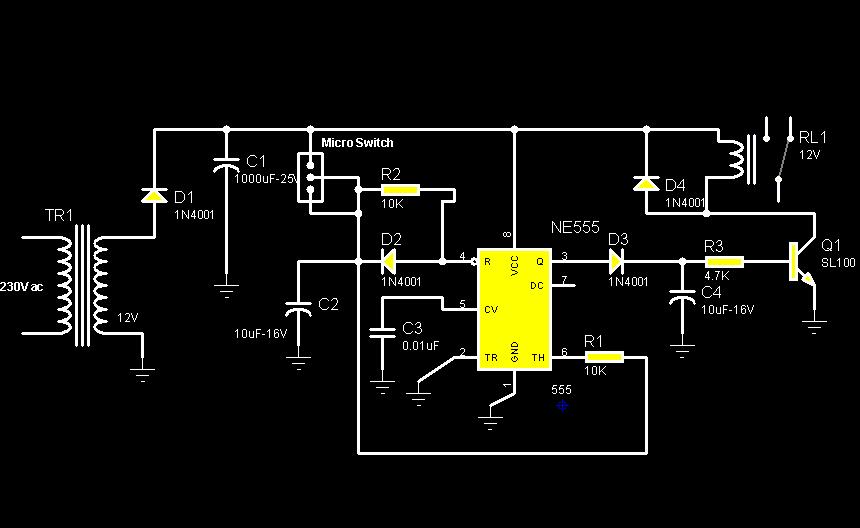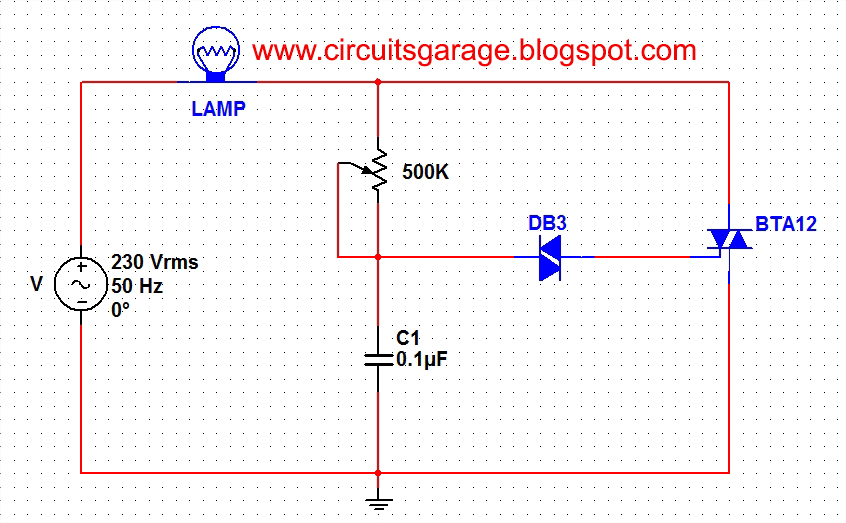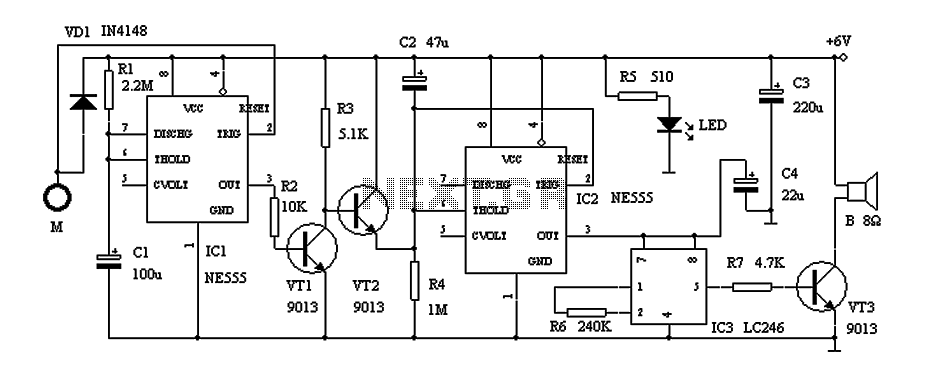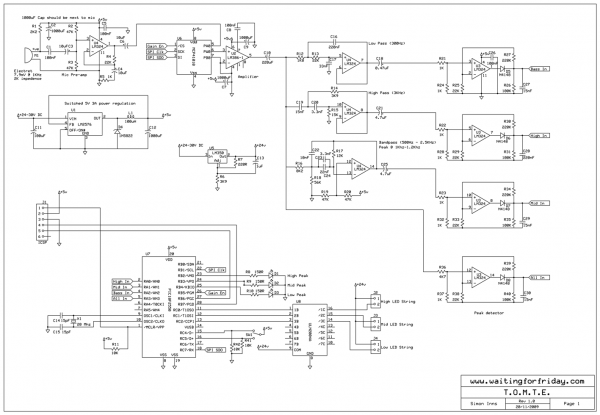
Turbo Sound effect circuit for your non turbo car
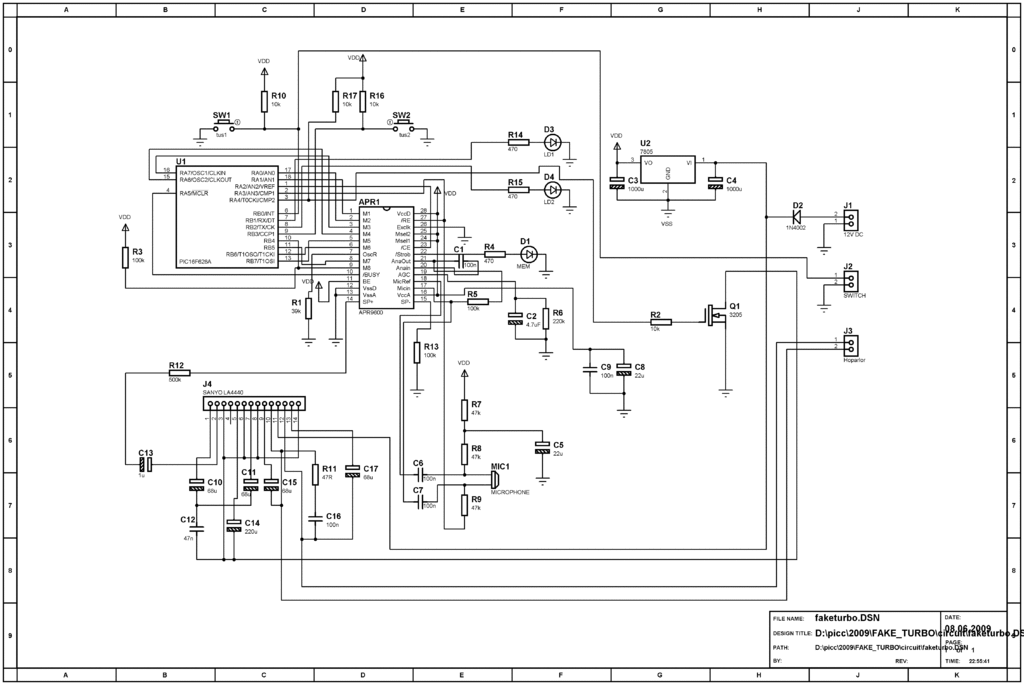
The circuit schematic is straightforward. Information regarding the assembly and testing of circuits is not provided, as there are many instructional resources available.
The circuit schematic in question is designed to be simple and user-friendly, allowing for ease of understanding and implementation. This schematic typically includes essential components such as resistors, capacitors, diodes, and transistors, which are arranged to fulfill a specific function, such as amplification, switching, or signal processing.
In a basic circuit schematic, each component is represented by standardized symbols, ensuring clarity and consistency. The connections between these components are indicated by lines, which denote the flow of current. Power sources, such as batteries or power supplies, are usually included to provide the necessary voltage and current for the circuit's operation.
While specific details about assembly and testing are not included, it is crucial to follow best practices when working with electronic circuits. This includes verifying the schematic against the physical layout, ensuring proper component orientation, and utilizing appropriate tools for measuring voltage, current, and resistance during testing.
For individuals seeking to construct or analyze circuits, numerous instructional resources are available online, offering step-by-step guides, video tutorials, and community forums for troubleshooting and advice. These resources can significantly aid in understanding the practical aspects of circuit assembly and testing, complementing the straightforward nature of the schematic itself.The circuit schematic is straightforward, I`ll not try to give information about assembling and testing circuits, there should be lots of instructable.. 🔗 External reference
The circuit schematic in question is designed to be simple and user-friendly, allowing for ease of understanding and implementation. This schematic typically includes essential components such as resistors, capacitors, diodes, and transistors, which are arranged to fulfill a specific function, such as amplification, switching, or signal processing.
In a basic circuit schematic, each component is represented by standardized symbols, ensuring clarity and consistency. The connections between these components are indicated by lines, which denote the flow of current. Power sources, such as batteries or power supplies, are usually included to provide the necessary voltage and current for the circuit's operation.
While specific details about assembly and testing are not included, it is crucial to follow best practices when working with electronic circuits. This includes verifying the schematic against the physical layout, ensuring proper component orientation, and utilizing appropriate tools for measuring voltage, current, and resistance during testing.
For individuals seeking to construct or analyze circuits, numerous instructional resources are available online, offering step-by-step guides, video tutorials, and community forums for troubleshooting and advice. These resources can significantly aid in understanding the practical aspects of circuit assembly and testing, complementing the straightforward nature of the schematic itself.The circuit schematic is straightforward, I`ll not try to give information about assembling and testing circuits, there should be lots of instructable.. 🔗 External reference
